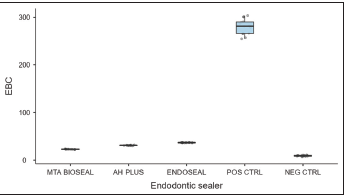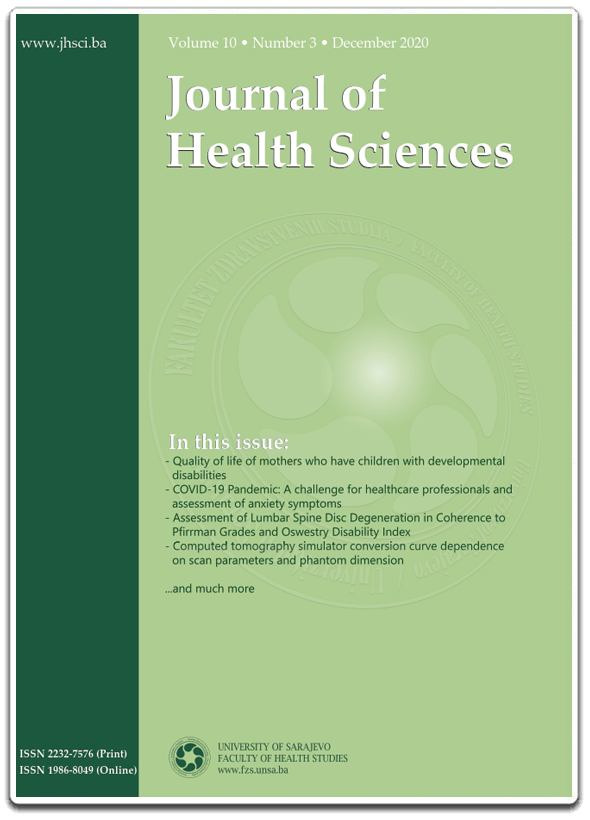Spectrophotometric evaluation of apical microleakage ofthree different endodontic sealers
DOI:
https://doi.org/10.17532/jhsci.2025.2921Keywords:
Mineral trioxide aggregate’s BIOSEAL, AH plus, Endoseal, dye extraction, spectrophotometry, single cone, endodontic sealerAbstract
Introduction: The main purpose of root canal filling materials is to provide an apical sealing that prevents the movement of bacteria and the diffusion of their metabolic products from the root canal system to periapical tissue. The aim of this study was to evaluate the apical sealing ability of mineral trioxide aggregate’s (MTA), epoxy resin, and zinc oxide eugenol- based sealer with single cone obturation techniques using the dye extraction leakage method.
Methods: Seventy-five extracted human single-rooted teeth were instrumented using the crown-down technique with the Mtwo rotary file system to file 25/6. The teeth were randomly divided into five experimental groups (n = 15); Group 1 obturated with AH plus, Group 2 obturated with MTA BIOSEAL, Group 3 obturated with Endoseal, Group 4 positive control (POS CTRL) root canals are processed but not obturated, and negative control- apex of teeth completely covered with nail varnish, canals are not treated or obturated. In the first three groups, the single cone obturation technique with gutta-percha 25/6 was used. Apical microleakage was assessed with the dye extraction method, where the absorbance of 2% methylene blue was measured using a spectrophotometer.
Results: The mean dye concentration values were MTA 22.79, AH plus 31.16, Endoseal 36.67, POS CTRL 280.15, negative control 9.01. Analysis of variance and pairwise comparisons indicated a significant difference in apical microleakage between the investigated groups (F = 3448, p < 0.001). The MTA BIOSEAL showed significantly less apical microleakage than the AH plus and Endoseal. The AH plus showed less apical microleakage than the Endoseal, although there was no significant difference between these two sealers.
Conclusion: With the limitation of the study, it was concluded that MTA sealers show statistically less apical leakage than AH Plus and Endoseal.
Downloads

Downloads
Published
License
Copyright (c) 2025 Selma Jakupović, Amir Čaušević, Adnan Šehić, Anita Bajsman, Vedran Jakupović, Sabina Šegalo, Fuad Julardžija

This work is licensed under a Creative Commons Attribution 4.0 International License.










